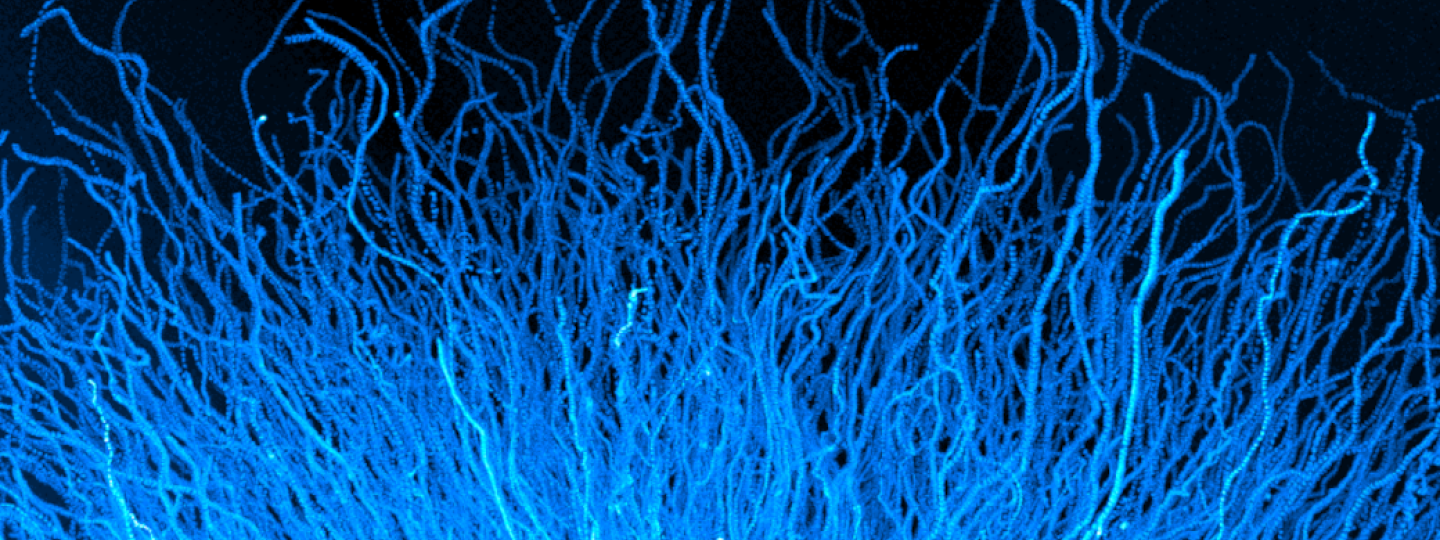Human immune cells exhibit a greater degree of independent coordination in their movement than previously believed. In a breakthrough finding, Jonna Alanko, a researcher from InFLAMES, unveiled that immune cells are not mere passive followers of chemical signals in their surroundings.

Image Credit: University of Turku
In fact, they possess the ability to actively influence these signals and navigate through intricate environments through self-organization.
Cellular directional movement stands as a vital and foundational element of life, exerting a pivotal influence on a spectrum of processes, encompassing individual development, the reconfiguration of vascular networks, and the orchestration of immune responses, among a plethora of other indispensable functions.
Postdoctoral Researcher Jonna Alanko investigated the locomotion and navigation of immune cells within the organism. Significantly, a class of signaling proteins known as chemokines assumes a critical role in guiding immune cells to precise destinations.
Chemokines are produced, for example, in the lymph nodes, generating chemical cues known as chemokine gradients for cells to trail throughout the body. According to Alanko, these chemokine gradients resemble a lingering scent trail in the air, diminishing intensity as one moves farther from its source.
Conventional thinking has held that immune cells identify their targets by tracking established chemokine gradients. In simpler terms, cells following these signals were previously viewed as passive participants, a notion that does not align with reality.
We were able to prove for the first time that contrary to the previous conception, immune cells do not need an existing chemokine gradient to find their way. They can create gradients themselves and thereby migrate collectively and efficiently even in complex environments.”
Jonna Alanko, University of Turku
Cells Consume Chemokines
Immune cells are equipped with receptors that enable them to detect chemokine signals, such as the receptor CCR7 found in dendritic cells.
Dendritic cells serve as proficient antigen-presenting cells, playing a pivotal role in orchestrating the complete immune response. Their primary tasks encompass identifying infections, discerning them, and subsequently embarking on a journey to transport this critical information to the lymph nodes. Within the lymph nodes, dendritic cells engage with other immune system cells to trigger a robust immune response against invading pathogens.
Alanko’s research findings unveiled that dendritic cells do not just passively perceive chemokine signals via their CCR7 receptor; they actively influence their chemical surroundings by absorbing chemokines.
Through this process, these cells establish localized gradients, effectively charting paths for their movement as well as that of other immune cells. Furthermore, the study revealed that T-cells, another category of immune cells, can capitalize on these autonomously generated gradients to augment their directional mobility.
When immune cells are capable of creating chemokine gradients, they can avoid upcoming obstacles in complex environments and guide their own directional movement and that of other immune cells.”
Jonna Alanko, University of Turku
This revelation deepens the knowledge of how immune responses are orchestrated within the body. Additionally, it has the potential to shed light on how cancer cells manipulate their movement to facilitate the formation of metastases.
The CCR7 receptor has also been discovered in many cancer types and in these cases, the receptor has been seen to boost cancer metastasis. Cancer cells may even use the same mechanism as immune cells to guide their movement. Therefore, our findings may help design new strategies to modify immune responses as well as to target certain cancers.”
Jonna Alanko, University of Turku
Source:
Journal reference:
Alanko, J., et al. (2023) CCR7 acts as both a sensor and a sink for CCL19 to coordinate collective leukocyte migration. Science Immunology. doi.org/10.1126/sciimmunol.adc958.